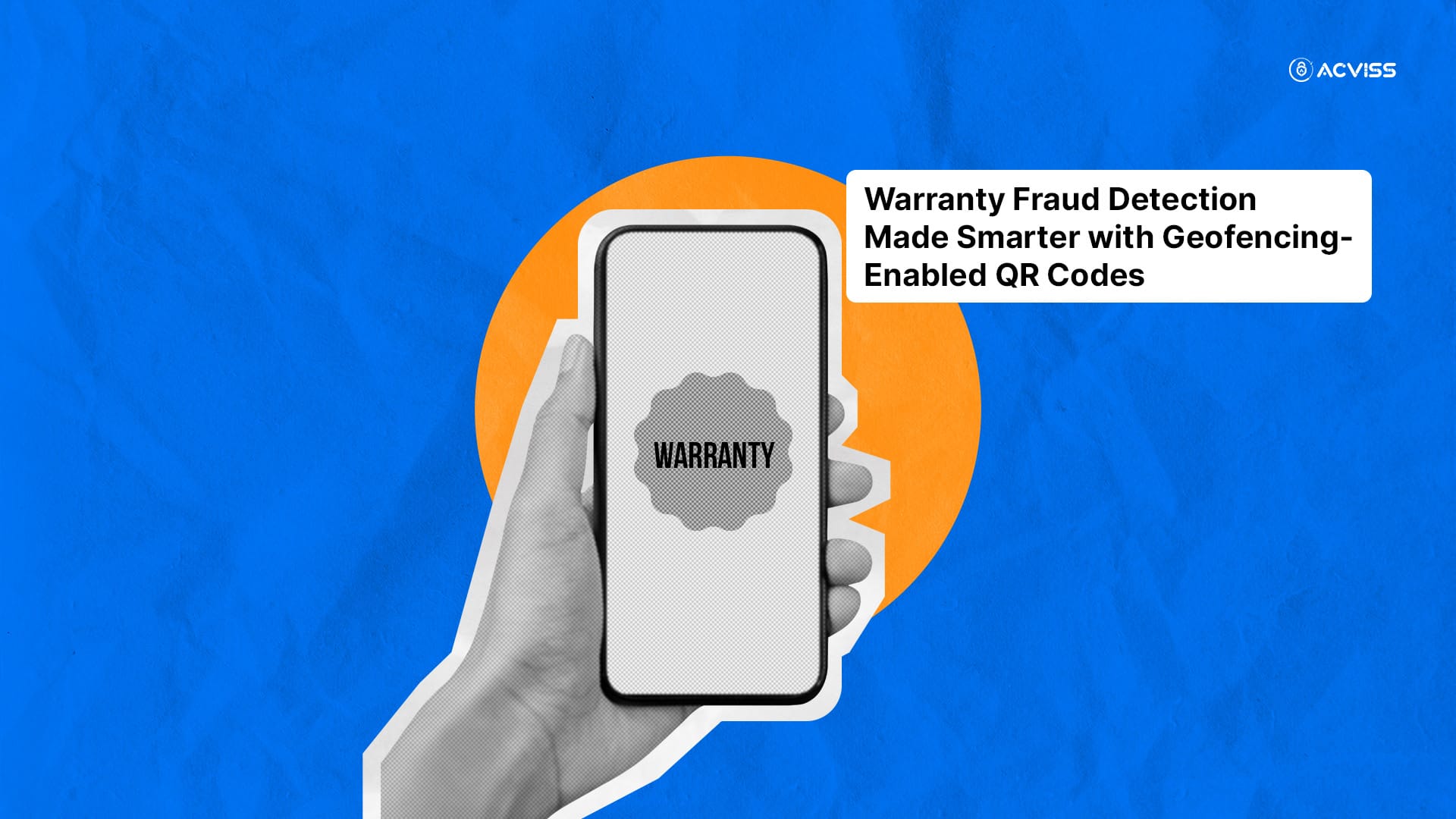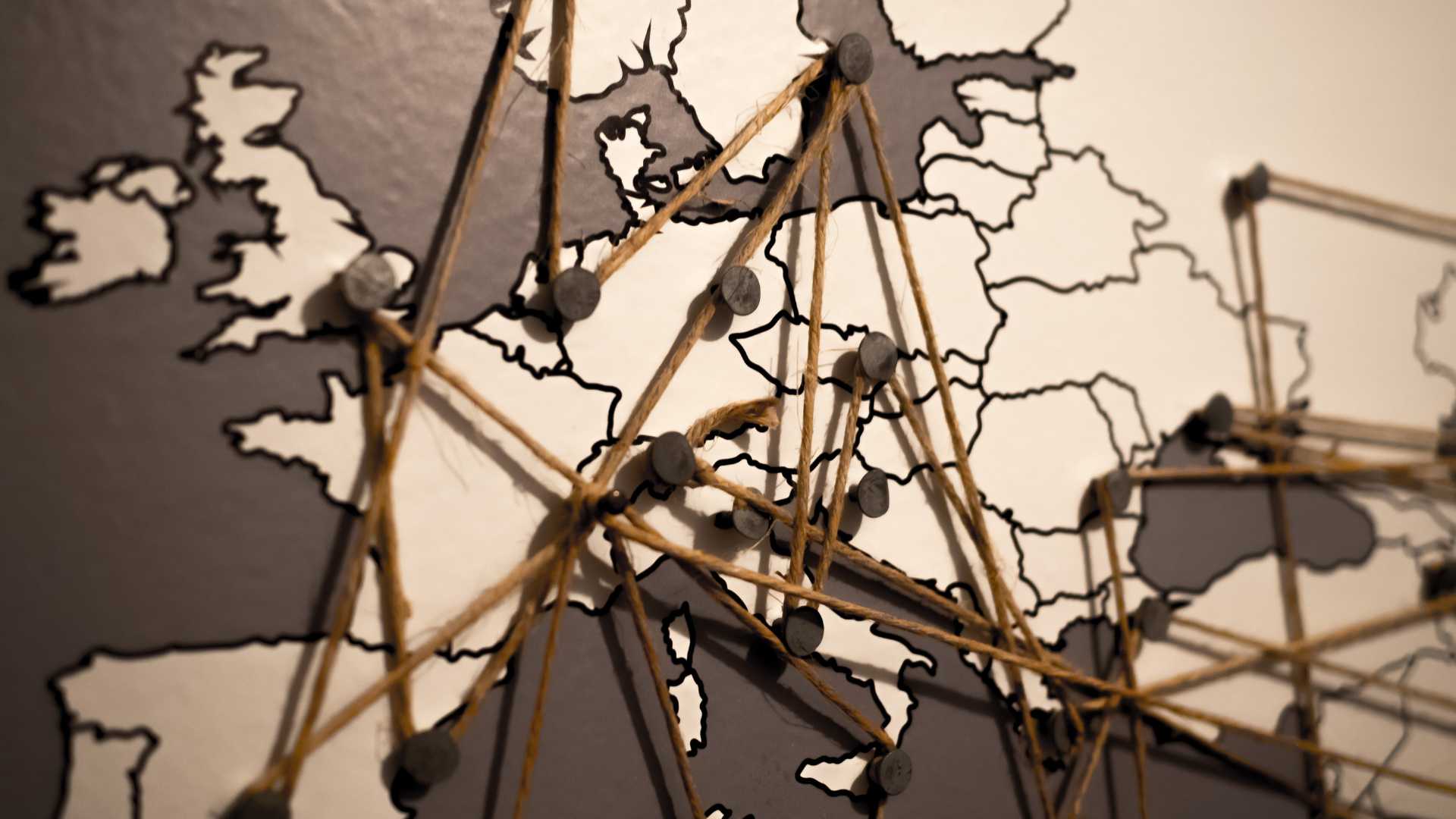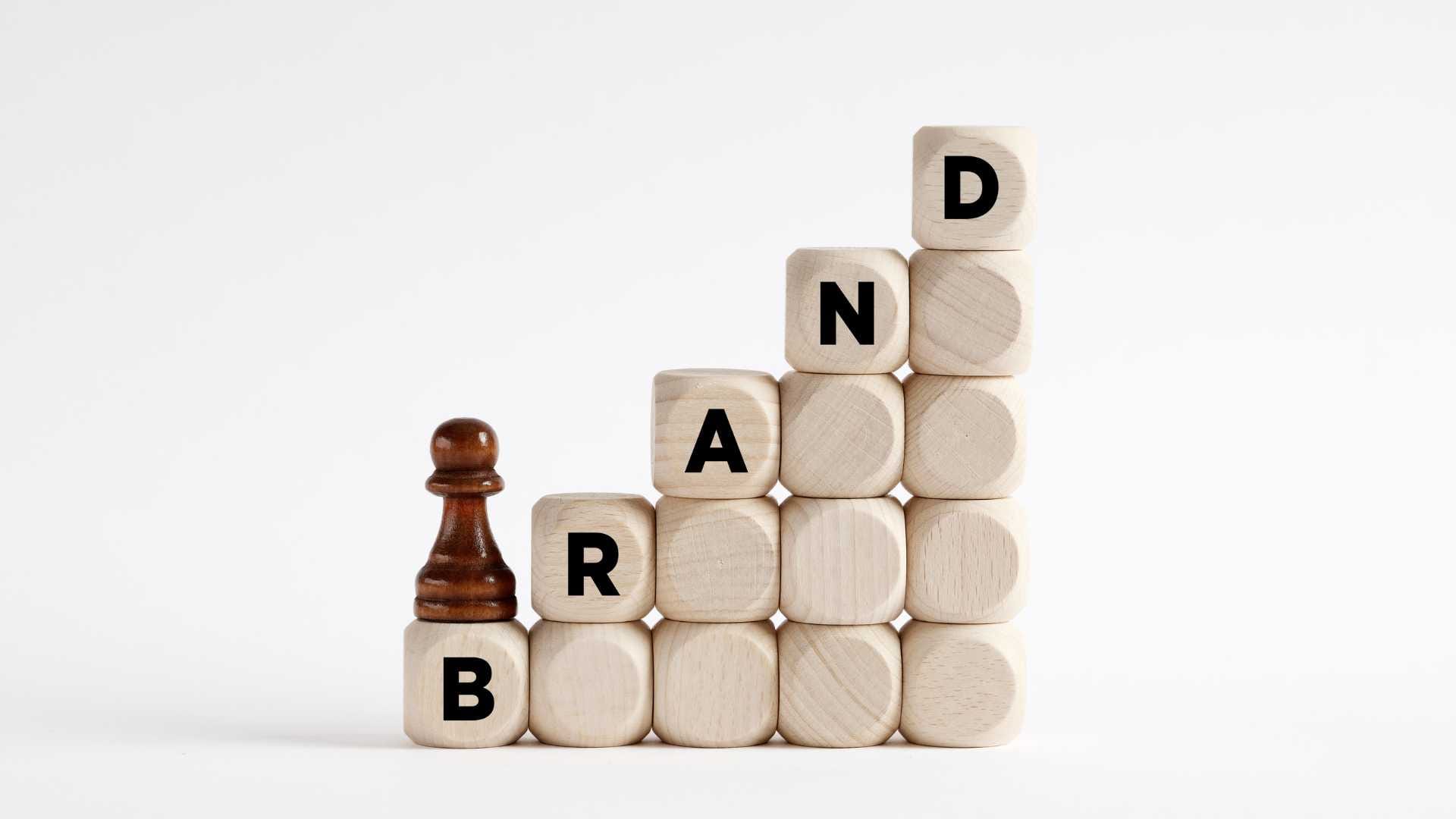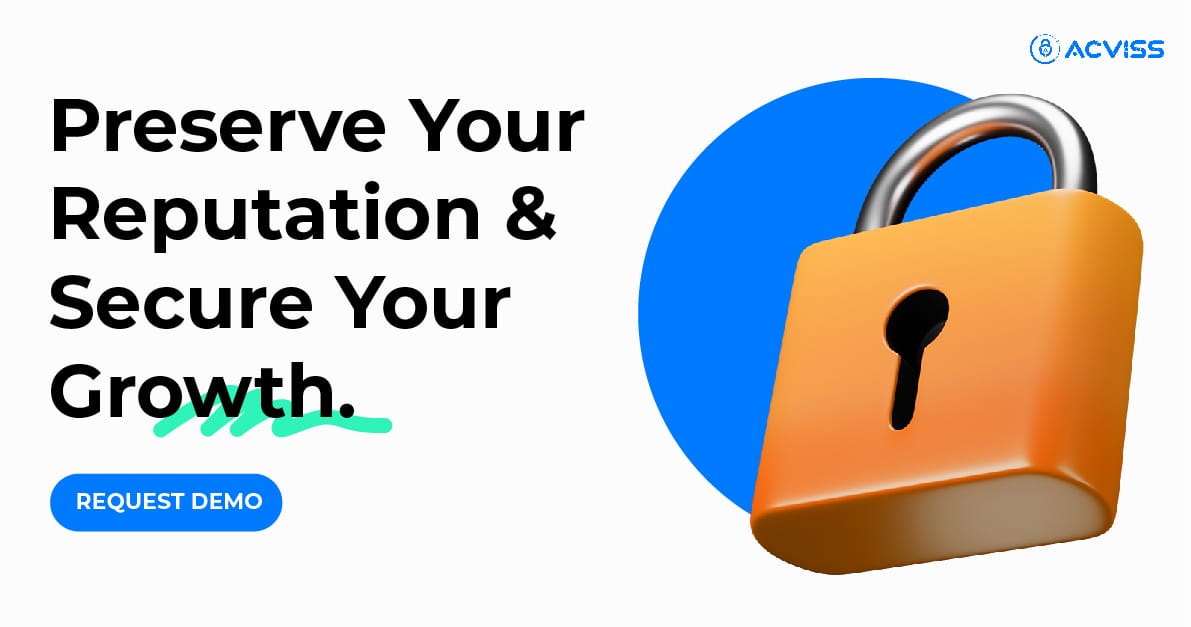Warranty Fraud Detection Made Smarter with Geofencing-Enabled QR Codes

Warranty fraud has quietly become one of the most overlooked threats to brands across industries. From consumer electronics and home appliances to automotive parts and nutraceuticals, brands that invest heavily in quality and customer trust are discovering that their warranty programmes are being misused. Counterfeiters, opportunistic resellers, and even fraudulent claims by end-users cost businesses billions of dollars annually, eroding profitability and weakening brand reputation.
The good news is that emerging technologies are offering powerful ways to fight back. Among them, geofencing integrated with QR code scans has emerged as a compelling solution, enhancing warranty fraud detection with real-time precision. When combined with non-cloneable labels, product authentication systems, and track-and-trace solutions, geofencing helps businesses not only detect fraud but also prevent it altogether.
The Growing Challenge of Warranty Fraud
Warranty programmes are designed to strengthen trust between a brand and its customers. They reassure buyers that their investment is protected, while giving companies valuable post-purchase engagement opportunities. Yet this trust is increasingly being abused.
Fraudulent claims range from counterfeit products attempting to access after-sales services, to genuine products being resold multiple times with false warranty requests. Without robust product verification, the entire system becomes vulnerable.
The impact is far-reaching:
- Financial Losses: Brands lose revenue not only in servicing fake claims but also in replacement costs.
- Customer Dissatisfaction: Genuine buyers often face delays or distrust in service due to fraudulent activity clogging up warranty systems.
- Erosion of Brand Value: A brand that cannot protect its own products undermines its image, affecting consumer confidence.
QR Codes and Warranty Authentication

QR codes have become the first line of defence for warranty management. They are cost-effective, easy to deploy and simple for consumers to interact with. A scan can immediately link a product to its warranty registration, purchase details and product traceability across the supply chain.
Yet QR codes alone are not foolproof. Counterfeiters have become adept at duplicating them, creating fake product labels that deceive unsuspecting buyers and even service centres. This is where non-cloneable labels come into play.
Non-cloneable labels, embedded with advanced anti-counterfeiting technologies, ensure that each code is unique and cannot be copied. They act as the gateway to brand authentication, strengthening warranty programmes by guaranteeing that every scan truly corresponds to an original product.
Why Geofencing Adds a New Layer of Protection
Geofencing introduces an additional dimension: location. By setting digital boundaries around where a product should be sold or serviced, brands can detect anomalies in real time.
For example:
- A warranty claim made outside the authorised country or sales territory can immediately trigger an alert.
- QR code scans for product verification that occur in regions where the brand has no authorised distributors can highlight counterfeit or grey market activity.
- Multiple warranty registrations from different geographies for the same product raise red flags for fraud.
Geofencing not only improves detection but also provides actionable insights. Brands can map fraudulent hotspots, trace unauthorised resellers and refine their supply chain management strategies.
Integrating Geofencing with Product Traceability

When paired with track and trace systems, geofencing becomes even more powerful. A QR code linked to a blockchain-backed traceability system ensures that every step of the product’s journey is logged. Geofencing then overlays geographic intelligence on this data.
Together, they provide a complete picture:
- Product Authentication: Confirming originality with non-cloneable labels.
- Brand Verification: Cross-checking legitimacy through IP protection and trademark safeguards.
- Location Validation: Ensuring claims are made only where the product is legitimately sold.
This layered approach closes the loopholes counterfeiters often exploit. It strengthens both brand protection and customer trust.
The Role of Advanced Warranty Programmes
Modern warranty systems are no longer passive registers of purchase. They are becoming dynamic engagement platforms powered by real-time data, product verification and fraud analytics.
A robust warranty programme built with geofencing and authentication technologies can:
- Prevent multiple or duplicate claims on a single product.
- Stop cross-border warranty abuse.
- Provide data-driven insights into customer behaviour and fraud patterns.
- Improve operational efficiency for service teams by reducing false claims.
Solutions such as Assist by Acviss have been designed with these challenges in mind. By embedding non-cloneable QR codes into warranty programmes and integrating geofencing, Assist helps brands cut through fraudulent claims while ensuring genuine customers enjoy seamless service. The result is a warranty ecosystem that truly protects both brand and consumer.
Building a Stronger Brand Identity Beyond Detection

Warranty fraud detection is not only about reducing losses; it is about protecting brand integrity and intellectual property. Strong anti-counterfeiting solutions and authentication technologies demonstrate that a brand values its customers, respects their investment and stands by its promise.
By adopting geofencing-enabled warranty systems, businesses can take proactive control of their brand protection strategies:
- Trademark Protection and IP Security: Reducing misuse of a brand’s registered assets.
- Enhanced Customer Trust: Clear, transparent product authentication reassures buyers.
- Supply Chain Confidence: Track and trace systems minimise grey market risks.
Brands that act decisively against warranty fraud position themselves as trustworthy leaders in their industries. In a market where competition is fierce and counterfeiters are evolving rapidly, this credibility becomes a key differentiator.
The Future of Warranty Fraud Prevention
As digital ecosystems mature, warranty fraud will continue to evolve in sophistication. QR codes with non-cloneable features, geofencing intelligence and track and trace platforms will become standard tools in the arsenal of brand protection.
The integration of artificial intelligence will further enhance fraud detection by predicting potential threats before they materialise. Combined with real-time product verification, this will create a near-impenetrable defence against counterfeiters and warranty abusers.
For brands, the path forward lies in recognising that warranty management is no longer a back-office function. It is a frontline strategy for product authentication, customer loyalty and long-term brand protection.
Building Trust Through Smarter Warranty Solutions
Warranty fraud is a silent drain on businesses, but with the right mix of geofencing, QR code scans and non-cloneable authentication labels, it can be effectively contained. By modernising warranty programmes with advanced solutions like Assist, brands can turn fraud detection into a competitive advantage while protecting their intellectual property and reinforcing consumer trust.
If your organisation is looking to strengthen its warranty fraud detection and product authentication strategy, get in touch with us today to learn how we can help.
